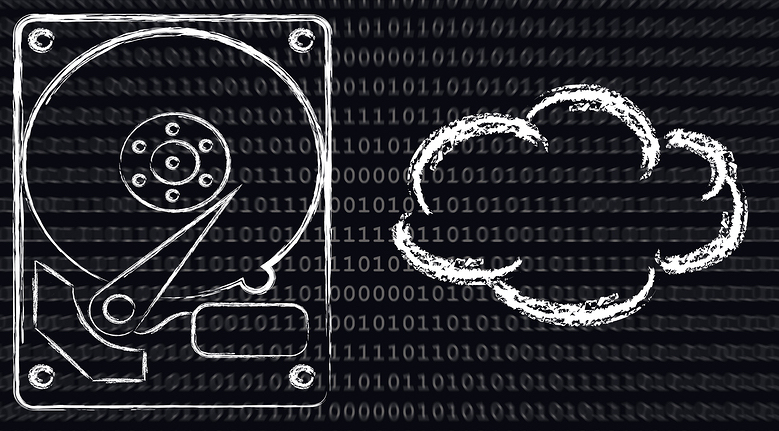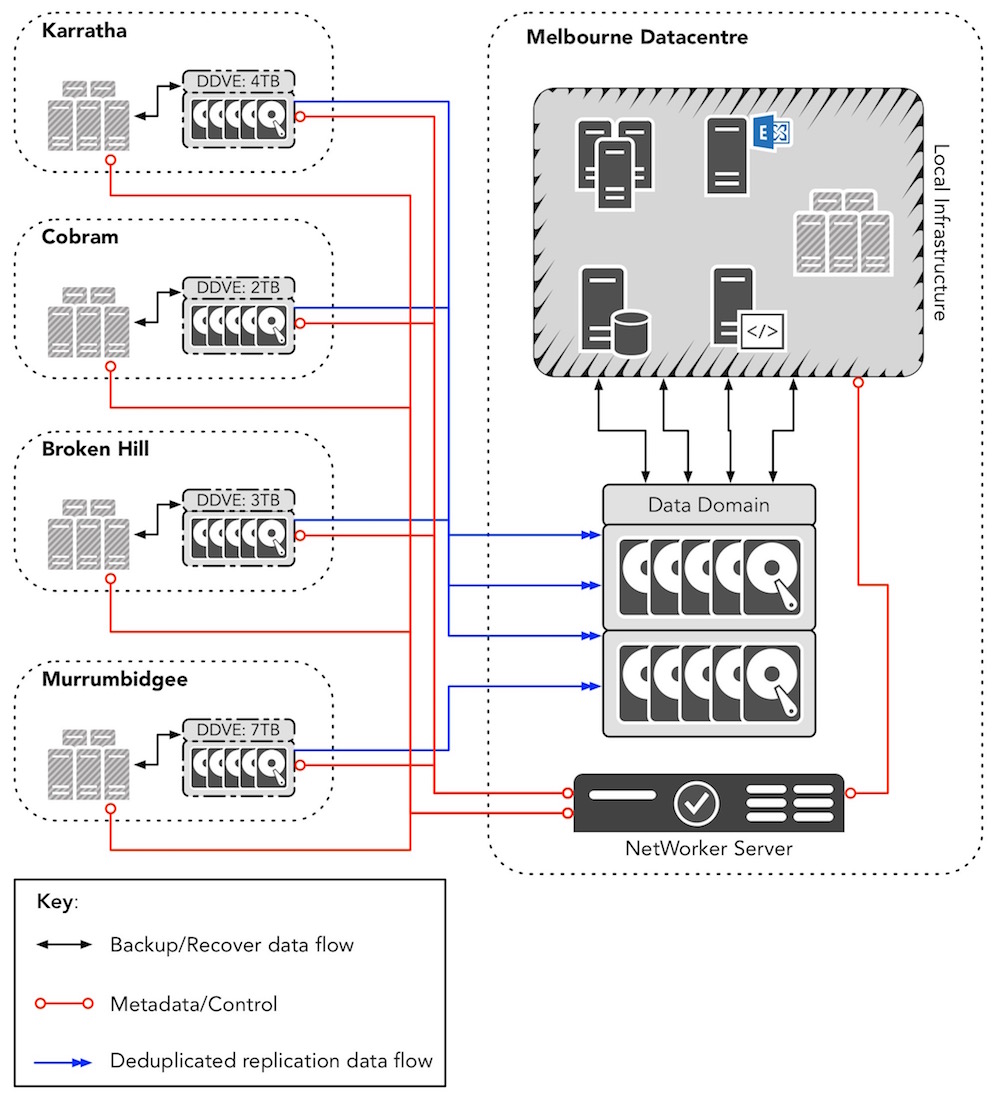This week was a big one for the data protection industry, with the official release of Data Domain Virtual Edition (DDVE).
DDVE offers the same deduplication capabilities as its physical cousin, encapsulated in a virtual machine. On release it can scale up to 16TB of pre-dedupe storage (i.e., the size of the VMDK you can allocate for it to use as its storage); it’s the same deduplication algorithm so you’ll get the same level of deduplication out of DDVE as you would a physical Data Domain system. Licensing is per-TB, and you can “slice and dice” licenses based on changing requirements in your infrastructure.
The initial use cases for DDVE are edge and entry-level, with a bonus use-case for later. Entry-level is straight-forward; whereas previously a business might have bought say, the Data Domain 2200 with the 4TB capacity option, now a business can start with a DDVE as small as 1TB. It’s not uncommon particularly in the small end of the mid-market space to see a lack of replication being performed on backups, and usually this is due to budgetary limitations in small businesses. DDVE will help to relieve that cost constraint and allow even the smallest of businesses to get robust data protection.
Now, let’s consider the edge use case. It’s usually reasonably straight-forward to design and implement data protection infrastructure within datacentres – there’s space that can be allocated, IT staff present and robust networking. So it’s typical to see in a dual-datacentre arrangement two appropriately sized Data Domains acting as local data protection storage with replication between one-another.
Out at the edge – the remote or branch offices for a business – things get a little more tricky. Increasingly as edge environments become virtualised or even hyperconverged, there’s limited physical space, few IT staff and there’s always that requirement to get the data (primary and backup) replicated back into the datacentre for site recoverability. Physical space is often paramount, and as the amount of data at the edge decreases, the more cost-prohibitive it is seen to deploy physical data protection hardware. Yet that edge data is still important and still needs to be protected.
This is where DDVE is going to make a big impact. Businesses that previously looked at deploying DD160s or its successor, the DD2200 at edge locations can now go with Software Defined Data Protection Storage (SDDPS) and eliminate the need for additional physical hosts at the edge. With the flexible licensing, DDVE units at the edge can grow or shrink with the data usage patterns in those remote offices.
Thus, remote sites that might have been protected via workgroup based products, adhoc replication or even not at all can now be folded into the central control of the backup administrators and get the same quality level of protection as we get in the datacentre.
In addition to being flexible on the capacity split-up, DDVE licensing is also very inclusive: it’s got Boost, Replication and Encryption bundled into the per-TB capacity license. So even stretched right out to the edge of your environment, you’ll get the advantages of distributed segment processing for minimised network traffic, and when those backups get replicated in it’ll be bandwidth efficient, which is always a big concern at the edge. With encryption included, you’ll even be able to consider at-rest or in-flight encryption depending on the business needs.
DDVE uses the same management interface and CLI, and the same operating system as the physical Data Domains. The same upgrade RPM you might download for your Data Domain 9500 will be as applicable to the 9500 as it will be to a DDVE system. That also leads into the bonus use case I mentioned before: giving you a test environment.
I’m a big proponent of having a proper and permanent test environment for data protection, and having a test environment is almost a fundamental requirement of any formal change control processes. Like all other production activities in your environment, data protection should require the same levels of change control you apply to production system changes. So if you require tests conducted on non-production systems before you go and upgrade from Oracle 11 to Oracle 12, why wouldn’t you require tests to be conducted before you upgrade core protection infrastructure?
Getting the business to agree to test environments is sometimes difficult though – particularly in those businesses where backup/data protection is not treated as “production”. (Hint: it is production, it’s just not business function production – unless you’re a service provider of course.) Now with DDVE there’s no excuse in my mind for any business to not have a test environment for one simple reason: you can deploy a half terabyte DDVE unit for free within your environment, and it never expires. So if you’ve still not got Data Domain in your environment and want to test it out yourself, or you want to test out VBA backups, or in-flight encryption, or practically anything else, you can spin up your own free Data Domain and do whatever tests you require.
There’s even going to be a try-and-buy option where you start with that 0.5TB free version, and when you’re ready you can convert it over to a production licensed DDVE that you can scale up to 16TB.
DDVE is going to be a game changer for a lot of businesses and a lot of data protection options, and you should definitely be checking it out.
Here’s a few resources you might want to review:
- Data Domain Virtual Edition Lightboard Overview – a six minute rundown of DDVE.
- The download details for DDVE on ECN
- Protection Storage Modernized: Introducing Data Domain Virtual Edition at the EMC Pulse blog


1 thought on “Data Domain Goes Virtual”